Borders for Bed Gardening
DirtDiggingLady
19 years ago
Related Stories
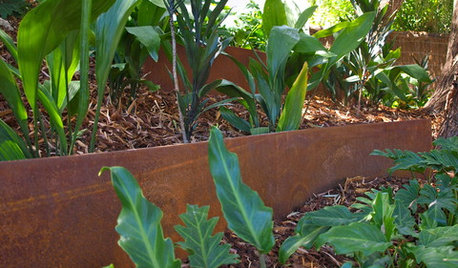
LANDSCAPE DESIGNGet an Edge: The Best Border Material for Your Garden
Do you want garden edging made of stone, concrete, metal or wood? Here are things to consider when choosing
Full Story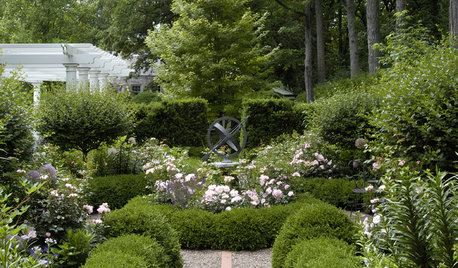
LANDSCAPE DESIGNDefine Your Garden Softly With Planted Borders
Why make things hard for your garden's edges? Embrace a softer side by trading brick and concrete for shrubs, grasses and ground covers
Full Story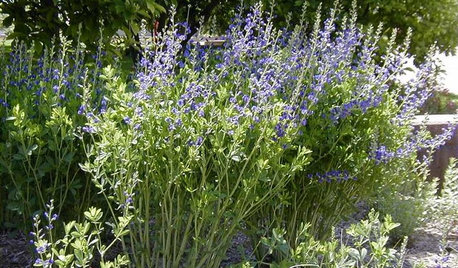
GARDENING GUIDES5 Great Plants for Borders and Screens
Get the effects of a shrub but in less time — and drawing more winged pollinators — with these herbaceous perennials
Full Story
CONTAINER GARDENSSolve Your Garden Border Dilemmas With Planted Pots
Set your containers free from the patio — placed among plantings in the ground, they fill unsightly gaps, let you experiment and more
Full Story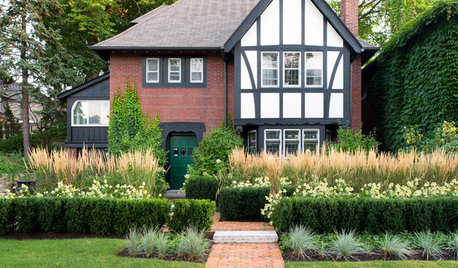
LANDSCAPE DESIGNHow Low Can Hedges Go? Discover Unusual Garden Borders
Short enough to step over, high enough to be a stretch ... check out these radically different hedge styles and tell us your opinion
Full Story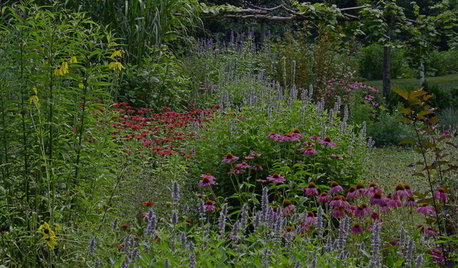
GARDENING AND LANDSCAPINGFocus Your Garden Palette
Restrict your garden's color scheme to create maximum impact in landscape beds and borders
Full Story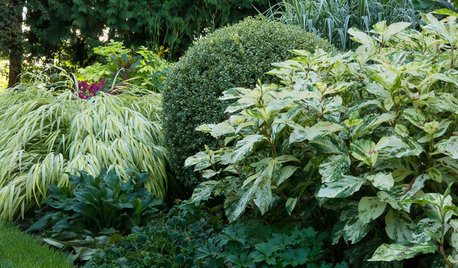
PLANTING IDEASGreat Garden Combo: Play With Foliage Patterns in a Border
Splashes, spots and stripes: Confidently mix things up in your border planting with our 4-step recipe
Full Story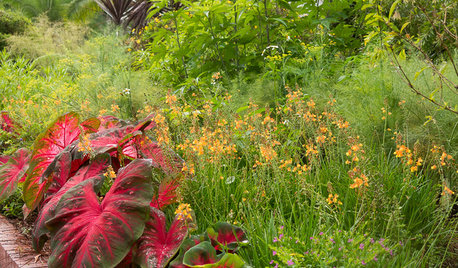
PLANTING IDEASGreat Garden Combo: Tropical Beauties for a Sun-Drenched Border
These standouts hold up in drought, heat and humidity — and their good looks hold up to scrutiny
Full Story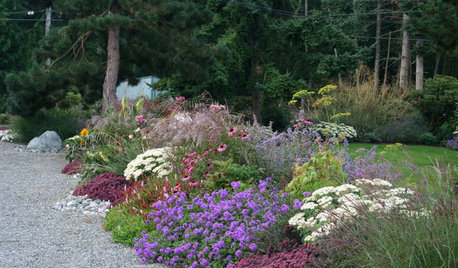
MOST POPULARHow to Design a Colorful Flower Bed
Fall planting: Delight the eye through 3 seasons with bright flowers placed just right. Late summer is the time to plan
Full Story
GARDENING GUIDES8 Materials for Raised Garden Beds
Get the dirt on classic and new options for raised vegetable and plant beds, to get the most from your year-round garden
Full StorySponsored






whozit
Ray Scheel
Related Professionals
Danbury Landscape Architects & Landscape Designers · Garden City Landscape Architects & Landscape Designers · Maple Heights Landscape Architects & Landscape Designers · Waterbury Landscape Contractors · Arlington Landscape Contractors · Caldwell Landscape Contractors · Canton Landscape Contractors · Chelmsford Landscape Contractors · Oak Forest Landscape Contractors · Paterson Landscape Contractors · Hoffman Estates Fence Contractors · Hutto Fence Contractors · Memphis Fence Contractors · Sacramento Fence Contractors · Turlock Fence ContractorsHarimad
garden_fever_girl
lantanascape
gumby_ct
michele325
itsmatt
oogy4plants
Jacque_E_TX